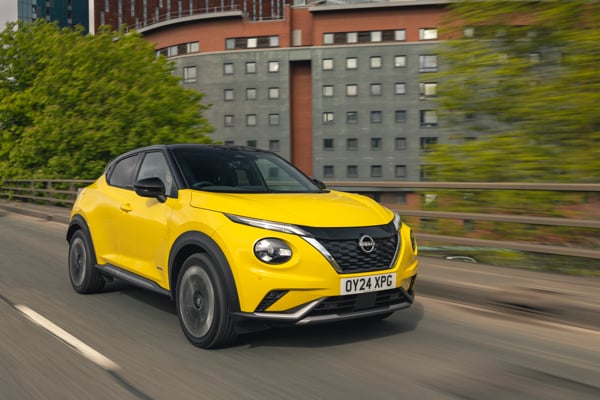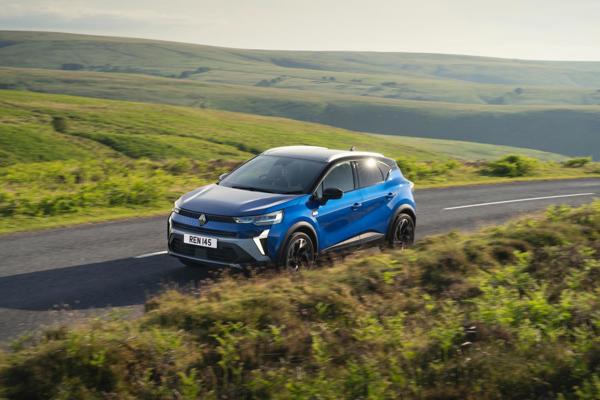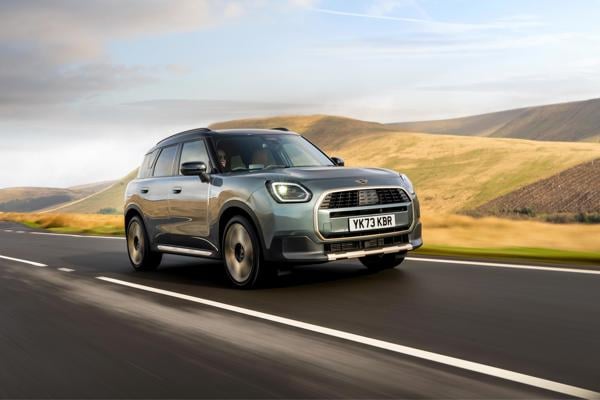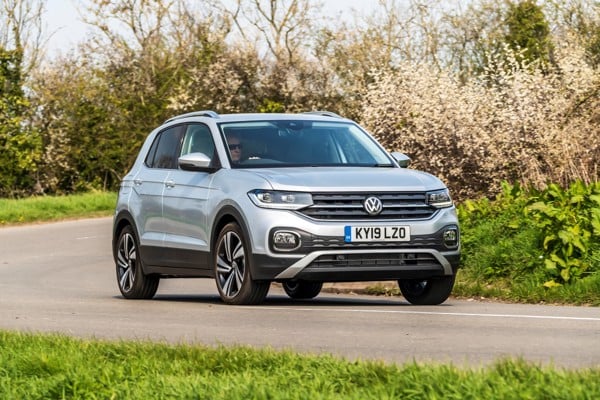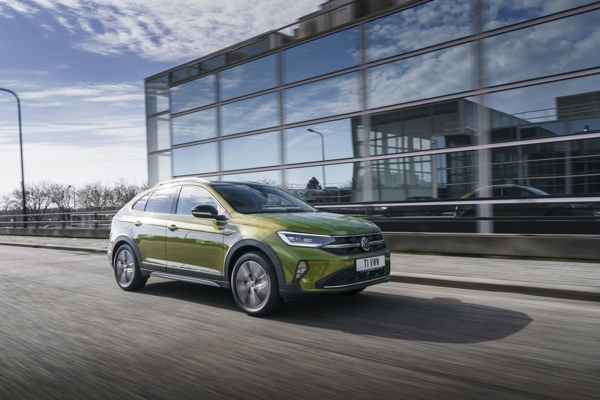Review
After a seemingly short period on our test fleet its time to say farewell to the facelifted Volkswagen T-Roc.
The car has handled anything asked of it with ease, from short journeys round town to longer trips involving several hours of motorway driving loaded with kids, stuff and the dog.
The premium-feel interior, redesigned with updated tech and using soft touch materials, has always been a pleasing place to be.
The refreshed car now has bags of kerbside appeal, and a sportier, more modern exterior using LED lighting and offering a selection of alloy wheel styles.
There’s much to like about the T-Roc. In R line trim the car come with stiffer sports suspension and 18-inch wheels with low profile tyres. While it is said this isn’t the most comfortable trim level for the T-Roc, it’s certainly the most sporty. The 1.5-litre petrol engine impresses with its power delivery and the sporty engine note enhance by the DSG gearbox which adds a satisfying sound to the downshifts. However, it does regularly spin the front wheels out of a junction at the slightest hint of a damp road.
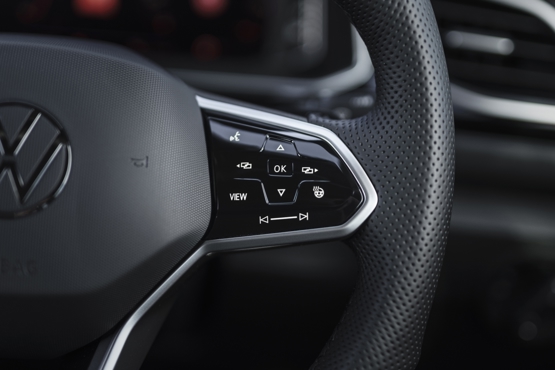
Touch-sensitive buttons on the multifunction steering wheel and for the climate controls – while clearly labelled – are not as easy to use as regular button and dial controls.
The T-Roc is available in petrol and diesel forms, but currently there is no hybrid option. Instead, Volkswagen has completed the line-up with a powerful all-wheel drive, 300PS T-Roc R and the rather niche T-Roc cabriolet. As the T-Roc is based on the MQB A1 platform and is closely related to the Volkswagen Golf it seems strange that there isn’t a plug-in hybrid offering.
Running cost for our test model over four years/80,000 miles are 44.55 pence per mile (ppm) with service, maintenance and repair (SMR) costs of 3.7ppm and a depreciation of 25.02ppm. Compare those figures with a close rival such as the Audi Q2 1.5TFsi S line with costs 45.99ppm, SMR 4.4ppm depreciation 25.53ppm and you’ll understand why the T-Roc is definitely worth considering.
Petrol-power proves efficient
Expected to be the best-seller of the engine line-up, the 1.5 TSI is a four-cylinder, 16-valve turbocharged unit with peak torque measured at 250Nm from 1,500rpm. It is offered with the Life, Style or R-Line trims and is available with either a six-speed manual or seven-speed DSG gearbox. This 150PS unit powers the T-Roc to 62mph in 8.6 seconds and to a top speed of 127mph.
Coupled to the six-speed manual option the engine offers official figures of 45.6mpg with CO2 emissions of 141g/km (WLTP combined) while the seven-speed DSG model on test here offers 46.3mpg combined and 138g/km CO2 (WLTP).
In real terms, over the past 5,000 miles of varied driving our T-Roc has achieved an average of 41mpg which gives it a 450-mile range from its 50-litre petrol tank.
This is in line with rivals such as the Audi Q2 1.5 TFSI with 42mpg/147g CO2 and a 50-litre tank.
The T-Roc Life, with the 115PS turbodiesel engine variant and six-speed manual gearbox, is the model with the lowest emissions and greatest fuel economy across the range with claimed economy of 60.1mpg and CO2 emissions of 122g/km (WLTP combined). But that lacks the perkier performance achieved by our petrol model and, when compared like-for-like, there's little difference in benefit-in-kind tax.
Small but mighty
The T-Roc may not look roomy from the outside, however, there is ample room for four adults plus luggage to travel in comfort. It can accommodate five, but the middle seat on the rear bench is a bit cramped, although the same could be said of most small SUVs.
Boot space is 445 litres with rear seats in place – a sizeable 17% larger than that in the Golf. With the asymmetrically split rear seat folded, that load capacity increases to a maximum of 1,290 litres. That’s just behind the Mini Countryman (450/1,390 litres); bigger than the Audi Q2 (405/1,050) And some way behind the Seat Ateca (510/1,604).
The boot floor can be set at two heights, giving extra luggage space or a flat loading floor, depending on what you need to carry.
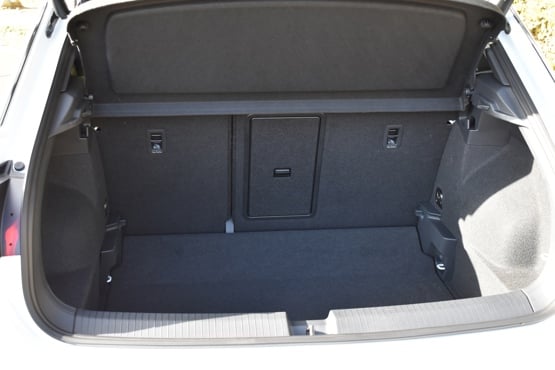
Measuring 4,236mm long, 1,584mm tall and 1,819mm wide, the T-Roc is 49mm shorter, 30mm wider and 82mm taller than the current Golf, but is 273mm shorter, 20mm narrower and 102mm lower than the Tiguan.
It’s a doddle to park with its raised seating position, good visibility and light steering, it also comes fitted with park assist which automatically guides the car into perpendicular or parallel parking space using the car’s ultrasound sensors. It can even reverse the car out of the latter too. Simply press a button on the centre console, then use the indicators to select the side on which the vehicle is to be parked.
Practicality also comes in the form of Volkswagen’s Fixed or Flexible Service.
Fixed is recommended for vehicles that will cover less than 10,000 miles in 12 months and if it is likely to be used predominantly for urban, short journeys with frequent cold starts or activities regularly producing high engine loading (towing for example), or driving with high rpm, hard acceleration and heavy braking.
Flexible is recommended for vehicles with a daily mileage of more than 25 miles, on mainly longer distance journeys with constant speed and minimum vehicle and engine loading.
In this case, the on-board computer informs the driver via a dashboard display, when the vehicle needs a service. With Flexible, the vehicle can cover typically up to 18,600 miles (approx) or 24 months (whichever is sooner).
Facelift makes the difference
I previously had a Volkswagen T-Roc on test in 2020 and, while I found the 1.6 TDI version capable and practical transport, I didn’t form a long-lasting or memorable relationship with it.
I commented back then that perhaps the more costly R-design model with its bigger wheels and more dynamic body styling in one of the range’s colour options, might make me feel differently.
Step forward the 2022 T-Roc R-Line (although it’s still in the same all-white colour as before).
Volkswagen has done a good job of updating the bland exterior looks with a more sporty and aggressive front end featuring new LED headlights as standard. While at the rear there's a deeper bumper with moulded exhaust tailpipes.
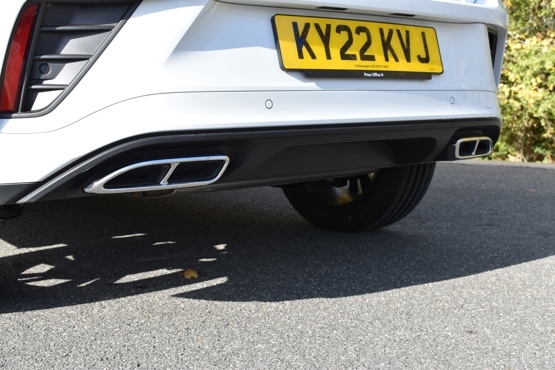
The R-Line also has vertical LED bars in the outer areas of the front bumper, in keeping with the style of the T-Roc R and the illuminated strip across the radiator grille adds a quality touch. To the back there is an updated rear bumper and LED tail lights.
VW offers no less than 14 alloy wheel designs (we have the upgraded 18-inch Nevada black option at £455), nine body colours (ours is Pure White, an extra £405) and the option of three contrasting roof colours.
Inside, there is a more modern and upmarket feel, with soft-touch materials featuring design stitching throughout.
Our R-Line model includes sports front seats previously only found in the T-Roc R.
The multifunction steering wheel has been redesigned and the car now has a digital cockpit with the infotainment display positioned on the dash in the style of a tablet.
Climate controls are now operated digitally. with temperature and the fan functions adjusted by touch sliders. All other climate functions and the seat heating are controlled using digital touch controls.
First impressions are favourable, the T-Roc is a much better looking car than the previous model and the upgraded, high quality interior has made it a more special place to be.
VW T-Roc 1.5 TSI R Line joins our fleet
Since its initial launch in 2017 the T-Roc has sold more than one million units worldwide. The model now sits between the Taigo and Tiguan in Volkswagens nine-strong SUV family which represented over 40% of total Volkswagen sales in the UK in 2021
The new T-Roc arrived in the UK this summer and is available in Life, Style and R-Line formats. There is also the range-topping T-Roc R and a Cabriolet version. Volkswagen predicts ‘style’ to be the top-selling trim level.
Along with the three main design packs, the range offers 14 alloy wheel designs, nine body colours and the option of three contrasting roof colours.
There are four petrol engines available with 110PS, 150PS, 190PS or 300PS and two diesel engines with 115PS and 150PS. The range has two gearbox options: 6-speed manual or 7-speed DSG depending on engine choice.
Volkswagen’s 4MOTION all-wheel drive system is available on the highest-powered models.
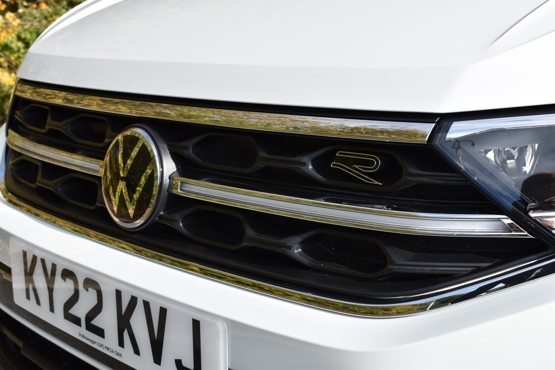
Our test model is the T-Roc R-Line 1.5-litre TSI 150 PS R-Line with 7spd DSG gearbox. Identifiable outside via its R-Line specific body styling, 17-inch ‘Valencia’ alloy wheels, sports suspension and silver roof rails. An interior featuring adjustable sports seats, black roof lining, piano black dashboard trim and R-Line badging. The R-Line also gains features such as progressive steering for additional driver focus and selectable driving modes.
The Basic ‘on the road’ price of the R line model is £33,095.00. With the price as tested of £37,525.00.
Our additional equipment includes: Rear view camera £275, Dynamic Chassis Control (DCC) £1,065, IQ.Light LED Matrix hedlights £1,650, Keyless Entry with Easy £580, 18” alloy wheels £455 and Pure White paintwork at £405.
Customers can choose a Fixed or Flexible Service schedule dependent on how the car is likely to be driven and its general use and The T-Roc has a three-year (first- and second-year manufacturer operated, third-year retailer-operated) / 60,000-mile mechanical warranty. In addition, it comes with a 12-year body protection guarantee, three-year paint warranty and a year’s membership of Volkswagen Assistance which includes European breakdown cover.
Specs
| Manufacturer | Volkswagen |
| Model | T-Roc |
| Specification | T-Roc SUV 2wd 1.5TSI 150 GPF SS €6 R-Line DSG Auto7 23MY |
| Model Year | 0.00 |
| Annual VED (Road tax) | £0 |
| BIK List Price | £33,260 |
| CO2 | 138g/km |
| BIK Percentage | 32% |
| Insurance Group | N/A |
| CC | N/A |
| Fuel Type | Petrol |
| Vehicle Type | SUV and Crossover |
| Luggage capacity (Seats up) | 5litres |
Running Costs
| P11D | £33,260 |
| Insurance group | N/A |
| Fuel Type | Petrol |
| Cost per mile | 90.25ppm |
| Fuel | 18.76ppm |
| Depreciation | 69.68ppm |
| Service maintenance and repair | 1.81ppm |
Rivals
Info at a glance
-
P11D Price
£33,260
-
MPG
46.3 (WLTP) -
CO2 Emissions
138g/km -
BIK %
32% -
Running cost
3 Year 60k : N/A 4 Year 80k : N/A -
Fuel Type
Petrol



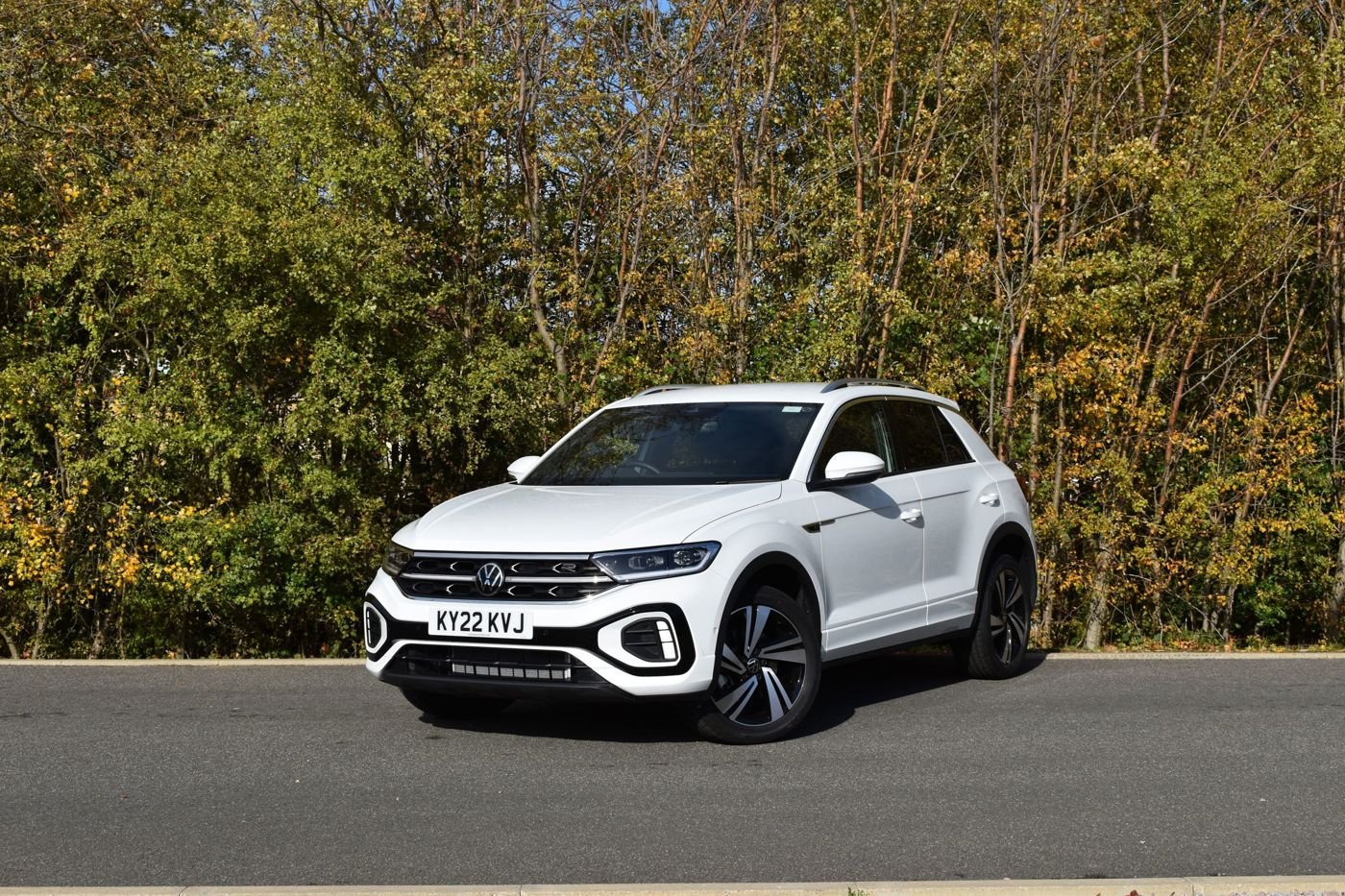
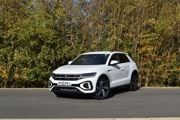
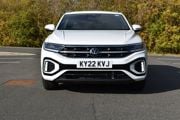
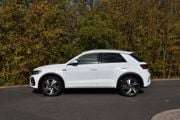
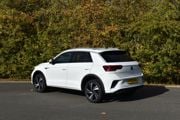
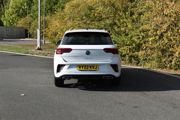
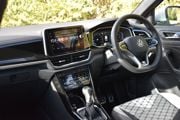
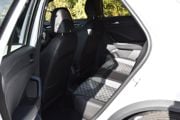
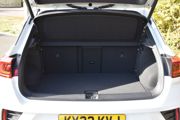
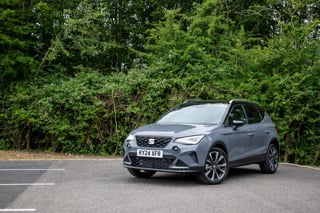
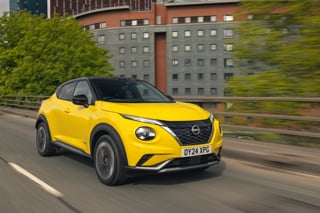
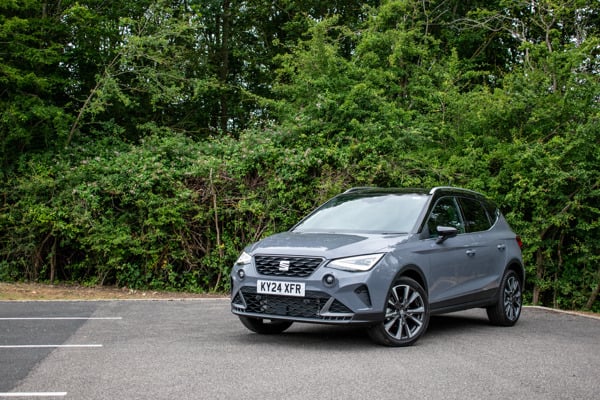
 Petrol
Petrol
